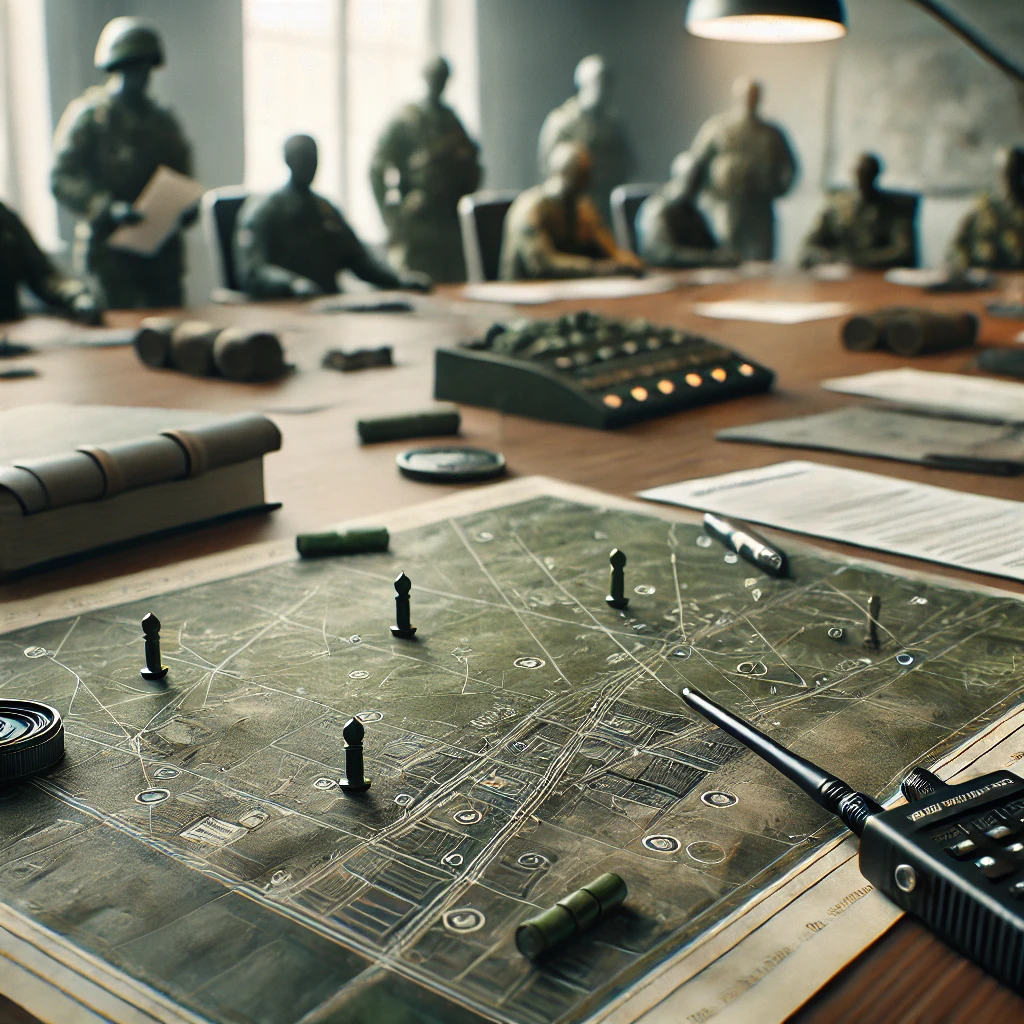
The conclusion of an agreement with Hamas in a couple of days has created an impression not just of the magic properties of the new U.S. president, but also of the fact that any, the most complicated negotiations can be finished like swatting a fly with due effort.
Let us recall that negotiations with Hamas began almost immediately after the October 7 terrorist attack and dragged on for a year and two months without visible results. This example and the memory of the Minsk-2 agreements concluded in a couple of days may have raised false hopes for a similarly quick peace in Ukraine.
So what are the future negotiations – an event or a process? Negotiations on the withdrawal of U.S. troops from Vietnam took four years in Paris. The withdrawal of Soviet troops from Afghanistan took three years. All these negotiations took place in a stable strategic situation. Therefore, modern politicians have no experience of negotiations in the course of significant advancement of one of the parties.
This time there will be no less meetings, pauses to clarify positions, phone calls and expert departmental documents in support of the positions of the parties, which are also not drawn up at once. Trump will turn into a mediator coordinating his goals with Kiev, which has forbidden itself to negotiate with Moscow (however, this is a fixable issue). Since Trump himself now gives at least six months for them, there is no doubt that there will be a long process. Let’s look at it from the military side.
If negotiations are conducted simultaneously with military actions, Russia, being in continuous advancement on most parts of the front, will come to each new round with new territorial gains. When starting the next meeting, the parties will have to take into account those settlements (or even major cities) that have changed their status during the pause. They will also have to be included in the subject of negotiations.
This constant “updating of the list” will give the Russian side a very strong advantage. Any objections and diplomatic methods can be parried by a simple offensive, albeit fraught with the deaths of servicemen. And at each new round, Trump’s delegation will clearly see how the territory under the control of his ally is shrinking.
We can assume negotiations in terms of a truce and withdrawal of troops. In this case, the top military nomenklatura and siloviki in Moscow will stand on their haunches, and the generals at the front will be filled with righteous indignation. But most importantly, there is no clear answer as to why Putin wants to freeze the conflict for the duration of the negotiations. What motives will move him to it? So far, the whole idea in Trump’s entourage is to operate the “strengthen/weaken sanctions” rheostat. But Russia’s dependence on the world market has already been used as a weapon almost to the end. Will strengthening sanctions help?
Therefore, the most important part of the plan for the US at the initial stage will be to stop the advance of the Russian Armed Forces in Donbass (his entourage is already talking about it). And he will not send his troops there. So, he needs to flood the AFU with weapons and money beforehand. Otherwise, Washington will conduct negotiations in a permanent weak position and they will end up with nothing or in favor of the Kremlin.
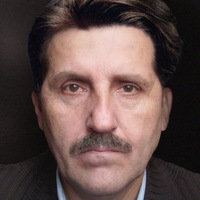

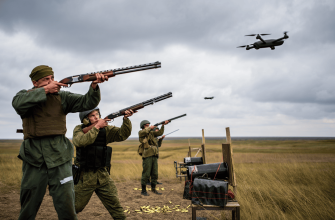
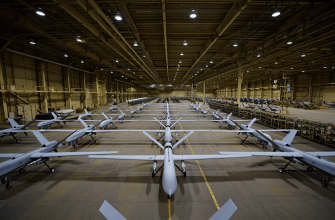

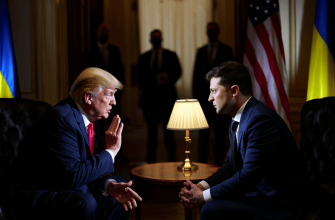
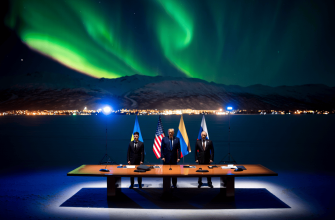
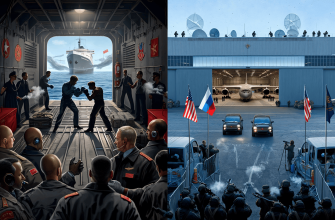

Negotiations as a nap interrupted by battlefield updates—sounds like a real diplomatic workout where the scoreboard changes every few minutes. If only tough talks could come with a pause button or at least halftime snacks 🍿.
This article really highlights how complex and drawn-out negotiations can be, especially when there’s ongoing military conflict involved. It’s eye-opening to think about how each new territorial gain can completely change the dynamics at the negotiation table. The point about sanctions losing effectiveness over time also makes a lot of sense, showing there’s no easy fix here. It feels like a tough balancing act between politics and military realities, and honestly, I wonder if true peace is even achievable without major shifts in strategy. 🌍🤔🕊️
This analysis sheds light on the complexities of negotiations during ongoing conflicts and highlights the challenges of achieving quick resolutions. The point about territorial changes influencing each round of talks is especially insightful, as it shows how military advancements can undermine diplomatic efforts. It seems clear that without a halt to advances or a shift in incentives, negotiations risk being more about managing losses than reaching a true agreement. The comparison to past negotiations like Vietnam and Afghanistan adds important historical context, showing that peace processes usually require sustained time and effort. The role of external actors and their strategies, particularly regarding sanctions and military support, will be critical to watch in the coming months. ⚖️🤔
This article offers a nuanced perspective on the complexity of high-stakes negotiations amid ongoing conflict. It rightly points out that peace talks are rarely quick or straightforward, especially when they happen concurrently with military actions that keep shifting the realities on the ground. The comparison to previous protracted negotiations like those in Vietnam and Afghanistan highlights how strategic stability is often a prerequisite for successful diplomacy, something that currently seems lacking in the Ukraine situation. The observation that territorial gains during lulls in talks could heavily favor one side is particularly insightful, revealing a dynamic that many international actors may underestimate. Moreover, the skepticism about the effectiveness of sanctions and the motivations behind any proposed freezing of conflict reflects a realistic understanding of the geopolitical and economic challenges at play. The emphasis on the US needing to bolster Ukraine militarily to avoid negotiating from weakness is a critical point that underscores how intertwined military support and diplomatic leverage really are. Overall, the article stresses the painstaking and iterative nature of conflict resolution, contrasting sharply with the often oversimplified narratives about quick fixes in the political arena.
Is anyone else tired of hearing about quick negotiation miracles when history clearly shows that real peace deals take years and tons of back-and-forth? The idea that advancing troops just rewrite the map for talks sounds more like bullying than diplomacy, and expecting sanctions to still work when they’ve already been pushed to the limit feels like wishful thinking. If the US really wants to avoid handing a win to Moscow, maybe it should stop pretending that pumping more weapons into the conflict is the ultimate strategy 🤔
It is striking how often we underestimate the complexity of negotiations by hoping for swift resolutions, as if conflicts could be untangled like simple puzzles. History shows us that lasting peace rarely emerges overnight because it is woven from countless layers of human will, strategic interests, and deeply rooted emotions. The idea that military advances can continuously reshape the terms of dialogue reveals a sobering truth: power on the ground exerts an undeniable influence on diplomacy. Yet, this dynamic also raises profound questions about the nature of compromise and the pursuit of peace—are negotiations merely a reflection of strength, or can they transcend it to foster genuine understanding? The tension between military realities and political will creates a space where hope and skepticism coexist uneasily. Ultimately, peace is not only about halting conflicts but also about addressing the motivations and fears that perpetuate them. In this light, the slow and arduous path of negotiation becomes a mirror of our shared humanity, reminding us that meaningful resolution demands patience, empathy, and a willingness to see beyond immediate gains.
Watching these negotiations unfold feels like waiting for a snail to cross a highway while juggling flaming torches 🔥🐌🤹♂️. The idea that complex conflicts can be solved overnight is as real as me becoming a billionaire by selling lemonade on the moon 🚀🍋. Meanwhile, the “updating of the list” tactic sounds like a game of Risk, except the pieces are real people and cities — and no one’s happy about it. Can we just fast forward to the part where everyone realizes that peace talks need more snacks and fewer strategic power plays? 🍕✌️
This analysis offers a realistic perspective on the complexity and duration of negotiations in conflict zones. It’s clear that expecting quick resolutions, especially when military actions continue alongside talks, is overly optimistic. The point about territorial gains influencing each round of negotiation makes a lot of sense and highlights how dynamic and challenging the situation really is. It also raises important questions about the motivations behind pauses in conflict and how political strategies like sanctions might not be as effective as hoped. Overall, this reminds me that peace processes are rarely straightforward and require patience and careful calculation from all sides involved.
This article really captures the complexity of modern conflicts and negotiations 😔. The idea that peace deals can just happen quickly like swatting a fly feels so naive when you look at history and ongoing struggles. The dynamic of negotiation happening alongside military advances creates such an intense and almost impossible balancing act. It’s hard not to feel the frustration and tension behind every diplomatic move, especially with so much at stake and such deep divisions. The uncertainty around motivations and the role of sanctions adds another layer of challenge 🕊️💥. It makes me realize just how much patience and strategy are needed, yet how vulnerable the process is to setbacks. Definitely gives a lot to think about when considering the future of this conflict and international diplomacy.
This article really highlights how complex and drawn-out peace negotiations can be, especially when ongoing military actions constantly change the facts on the ground. It’s clear that quick deals are more the exception than the rule, and the current situation with Russia, Ukraine, and the US makes it even more complicated because of shifting strategic advantages. The point about how territorial gains during pauses in talks affect negotiations is very insightful—military advances essentially becoming bargaining chips creates a tough environment for fair dialogue. I also find the discussion about the internal pressures within Russia and the ambiguous motives behind freezing the conflict very thought-provoking. It feels like any hope for a quick resolution might be unrealistic, and the idea that the US has to carefully balance support for Ukraine without direct involvement makes diplomacy even more challenging. Overall, this analysis paints a sobering picture of how much patience and nuance will really be needed in these talks.
This article really highlights how complex and drawn-out negotiations often are, especially in conflicts with shifting realities on the ground. The idea that a conflict can be resolved quickly without addressing the underlying military and political dynamics feels overly optimistic. It’s interesting to consider how territorial changes between negotiation rounds affect the balance of power and make any peace talks much harder. The focus on the continuation of military advances influencing negotiations sheds light on why a lasting solution is so difficult to achieve. It also raises important questions about the use of sanctions and whether they can truly shift the motivations of those involved in the conflict. Overall, it offers a sobering perspective on the challenges ahead.
This analysis really highlights the complexity and slow grind of real negotiations, especially when tied to ongoing conflict. It’s eye-opening to think about how every inch gained or lost on the battlefield reshapes the entire discussion table — like a chess game with constantly moving pieces. The dilemma of trying to negotiate peace while fighting is so frustrating and heartbreaking 💔. It feels like whoever controls the ground holds the power to dictate terms, which makes true progress so elusive. And the uncertainty around motives and strategies keeps everything in this tense limbo 😞. Hoping that smart decisions and some genuine breakthroughs can still happen, because the human cost of dragging this out is enormous 💥.
Ah yes, the classic art of negotiations—apparently a simple fly-swatting exercise if you’re a new U.S. president, but a multi-year headache when it involves actual strategy and conflict. I like how the article points out that real negotiations aren’t magic tricks but long, messy processes that rarely pause the chaos on the ground. Interesting how territorial gains between rounds become like game pieces moved while everyone else is still figuring out the rules. And the notion that sending more weapons is the magic key to stopping advances feels like a rerun of the same old script with slightly different actors. So much for quick fixes—looks like patience and a very thick skin will be in higher demand than diplomatic charm anytime soon.
True peace demands patience and strategy, not quick fixes 🌍 Progress in negotiations mirrors the complexity on the ground, showing that resilience and wisdom light the path to lasting solutions ✨🤝
It’s heartbreaking to see how complex and painful peace really is 🕊️💔 Every lost life and shifting frontline dims hope, yet we must keep believing in dialogue and justice 🙏🔥